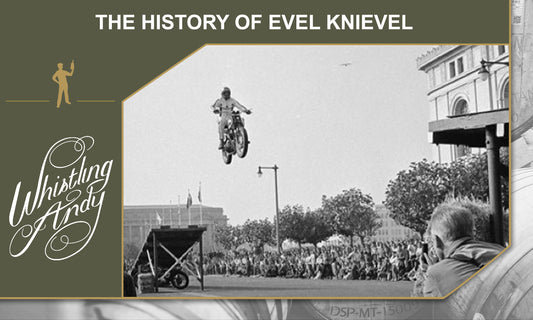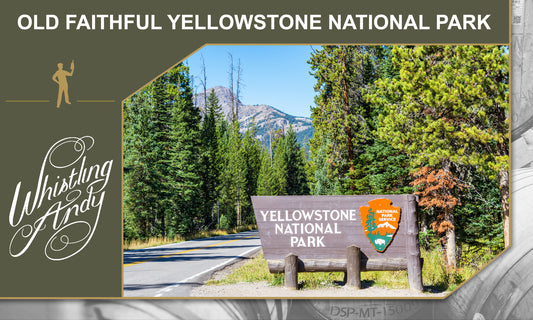The 1920s may be responsible for some of the world’s most iconic drinks, but the golden age of cocktails kicked off in 1806. Cocktails found their inspiration from British punches, which consisted of spices, spirits, and fruit juices combined in large bowls.
While cocktails have likely existed in some form or another for thousands of years, the origins of the cocktail we know and love today can be traced back to a fateful mention in a New York newspaper in 1806.

1806: the cocktail springs to life
The first “official” mention of a cocktail in its current context comes from The Balance and Columbian Repository of Hudson, a New York newspaper. Editor Harry Croswell is still famously quoted as having said a cocktail is “a stimulation liquor composed of spirits of any kind, sugar, water, and bitters.”
The evolution of bartending
What would a cocktail be without a bartender to make it? As spirits evolved and bartenders began blending ingredients to create what are now signature cocktails, so did the art of bartending slowly change.
What started as a frowned upon gig in bars that were often hidden away and considered seedy were now hugely popular and more widely regarded as socially acceptable places to be seen. Bartenders took pride in this shift by continuing to experiment with new cocktails and dressing up for work.
This profession quickly solidified with the publication of Jerry Thomas’ book for bartenders, The Bon Vivant’s Companion, in 1862.

A brief history of the golden age of cocktails
Grab your favorite cocktail, sit back, relax, and enjoy this quick history of the world’s favorite drinks.
1809
Legendary American author and short story writer Washington Irving wrote about the inhabitants of Maryland, who were prone to having a good time while drinking Mint Juleps and Apple Toddies.
1817
Modern Domestic Cookery and Useful Receipt Book by Elizabeth Hammond was published. This is one of the first books to feature cocktail recipes (though they were technically punches, after the British drink).
1820
Bar and restaurant La Piña de Plata, or the Silver Pineapple, opened in Havana, Cuba. While the original cocktails served there have been lost to time, the bar was eventually renamed and became known for its frozen Daiquiris. Ernest Hemingway, the short story writer and Nobel Prize winner, was one of many celebrity patrons.
1821
Author James Fenimore Cooper published his novel The Spy, which featured the character Betty Flanagan, the supposed inventor of cocktails. Flanagan was based on the real-life Catherine Hustler who ran a New York tavern and put rooster tail feathers into her drinks. This marks the first appearance of the cocktail in a work of fiction.
1827
A group of Oxford University students published a book of alcoholic drink recipes called Oxford Night Caps: A Collection of Receipts for Making Various Beverages at the University. Editions of this book are consistently published for nearly a century.
1843
It should come as no surprise that some of the most famous authors of the time are responsible for some of the mentions of cocktails. Charles Dickens was no exception, writing about Gin Slings, Rum Toddies, and Mint Julep cocktails in Martin Chuzzlewit.
1850
Cocktails started to ramp up in the 1850s, thanks to a wider array of available spirits and bartenders who weren’t afraid to get imaginative.
In 1850, an illustration of a two-piece cocktail shaker appeared in the London News.
1853
Charles Dickens takes the cake once again, though this time through guest writer George Sala, a New York barkeep. Sala wrote about barkeeps, describing them as accomplished artists, scholarly gentlemen, and master magicians. He also referred to them as bottle conjurers for the way they would toss and throw the bottles about.
This description created an elegant image of barkeeps around the world, continuing to elevate an ever-popular drink.
1856
The word “mixologist” made its debut appearance in the New York Monthly Magazine.
1862
This was a big year for the cocktail thanks to Jerry Thomas and his American cocktail recipe book, Bar-Tender’s Guide, How to Mix Drinks, or the Bon-Vivant’s Companion. Publication of this book made cocktails accessible to everyone and started an uptick in recipes becoming more standardized.
1864
Cocktails made their railroad debut, thanks to the designs of George Pullman.
1873
The World’s Exposition in Vienna, Austria gave cocktails a new upgrade: straws.
1882
One of the most popular cocktails, the Manhattan, got its first mention in the Sunday Morning Herald in New Orleans.
1891
Another famous cocktail, the Martini, receives its second print mention in Wehmann’s Bartenders Guide by Henry J. Wehmann.
1897
New York’s Fifth Avenue Hotel introduced the Rob Roy.
1900-1909
This decade saw an uptick in publications related to bartending and cocktails. A few notables include The Flowing Bowl by Edward Spencer (1903), Applegreen’s Bar Book by John Applegreen (1904), and Louis’ Mixed Drinks by Louis Muckensturm (1906).
1910
The first in-flight cocktails were served on an airplane over Germany.
1916
Mrs. Julius S. Walsh Jr. of St. Louis, Missouri hosted the first recorded cocktail party, serving drinks such as the Martini, the Gin Fizz, and the Manhattan.
1917
The Golden Age of Cocktails went out with a bang when Tom Bullock became the first African American bartender to publish a recipe book for cocktails, The Ideal Bartender.






